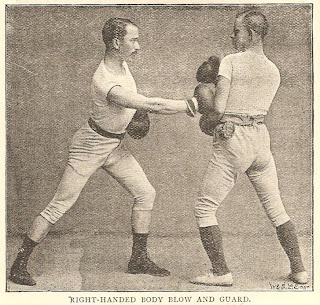Children's and Maternity Garments (by Mary Brooks Picken?). Softcover book published by Woman’s Institute (no date, probably 1920s to 1930s).
This a lovely book published at some stage in the early part of the twentieth century. The cover is a smart looking embossed black mock leather… at least I think its mock. Whatever it is, insects are fond of it and have caused a bit of damage to both the cover and endpages. But not to worry, I believe the subject matter can carry this book towards a sale despite the damage. Even the preface confirms this thought:
“So satisfactory and pleasurable to most women is the making of clothes for children, that this text, with its thoughtful treatment of the subject, awakens a very lively interest among women.”
I guess the authors never considered that men might also consider this pleasurable, although men were probably busy at the time fighting wars… or starting them.
The author of this book was more than likely Mary Brooks Picken who was also the founder of the Woman’s Institute of Domestic Arts and Sciences (the publisher). From what I can gather she was a bit of an expert on the whole fashion, fabric and sewing business and wrote numerous books on the subject(s) during her 95 years. What I like about this book is the excellent vintage illustrations and photographs.
I’m not an expert on the whole sewing of maternity wear or children’s clothing (at the time I would probably have been off fighting a war… or starting one), but by today’s standards some of the instructions and illustrations seem a bit sparse on information. I guess the book assumes a certain skill level, whereas most of todays sewing books tend to have slightly more detailed illustrations and diagrams and assume a slightly lower skill level.










































